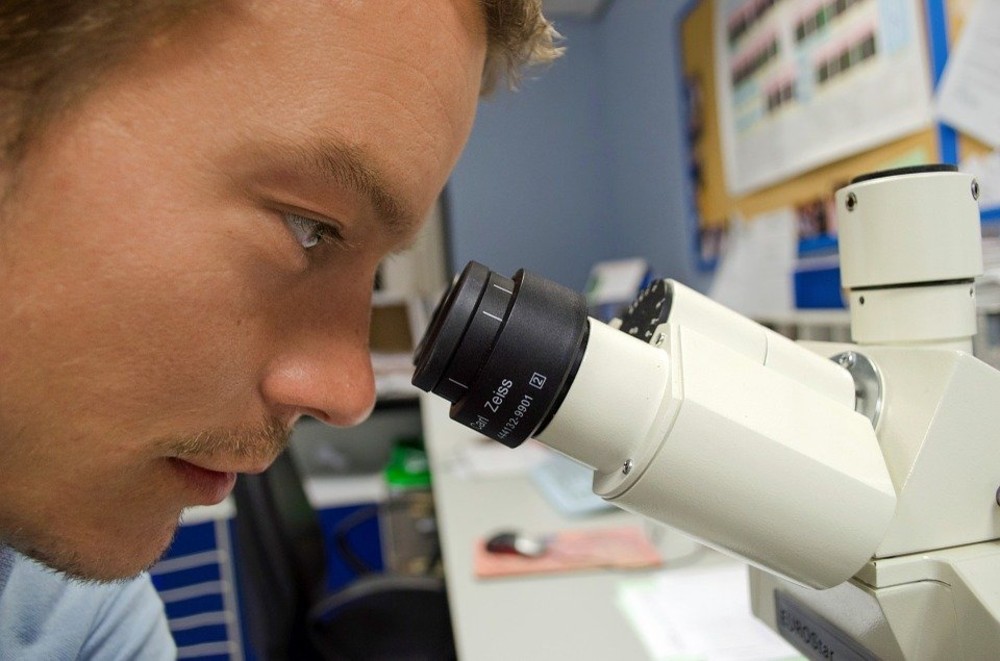A new method of converting light energy to thermal energy could help in the treatment of cancer. The method is also able to measure the amount of temperature generated during the conversion of light energy to heat.
A new method for converting light energy into heat is showing great promise for application in several fields. The new technology will involve the use of tiny particles to absorb light and turn it into localized heat sources. One of the fields in which the technology is showing prospects of being useful is medicine.
There is optimism that technology will be used in the medical field for the treatment of diseases, especially cancer. The use of thermal energy in the medical field is not a new concept, and the latest treatments of cancer, such as photothermal therapy, make use of infrared laser light to target nanoparticles near the treatment site.
However, photothermal therapy comes at risk since localized heating has to be carefully controlled while using on living tissues. Failure to monitor the temperature dosage being administered leads to serious burn injuries and tissue damages. The laser technology, unfortunately, is susceptible to such errors that can lead to severe damage to tissues and serious burns.
The ability to monitor temperatures, therefore, is crucial in ensuring such methods of treatment are successful. Scientists have tried several approaches to be able to control the temperatures and always face major drawbacks, such as they have to insert probes or inject additional materials.
Conversion of light energy to heat
This week’s issue of APL Photonics, however, shows that scientists have been able to develop a new method that can be used to measure temperature in different conditions using terahertz radiation. The study involved the use of gold nanorods and laser light focused on them in the water on a small spot within the cuvette.
The nanorods were able to absorb light energy and convert it to heat, which was then distributed around the cuvette. Scientists were then able to map out the heat distribution and hence determining the temperatures in the cuvette.
Co-author of the study Roberto Morandotti said,
By combining measurements of temperature transients in time and thermal images in space at terahertz frequencies, we have developed a noncontact and noninvasive technique for characterizing these nanoparticles.
This study is giving scientists optimism that they will be able to use it photothermal therapy and other treatment methods. The technology will be very helpful in the development of future medical appliances.
Featured image by Pixabay







